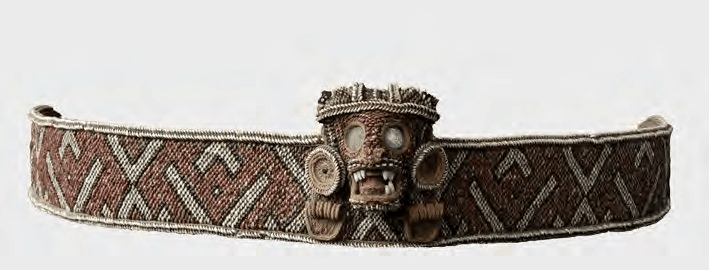Felipe Pichardo Moya's Los indios de Cuba en sus tiempos históricos is a fascinating but dated work. Focusing on the history of Cuba's indigenous peoples since the arrival of Columbus, Pichardo Moya finds evidence of indigenous survival everywhere. First, he demolishes the myth of an easy conquest of the island. In addition to Hatuey, a number of indios alzados and other Cuban indigenous rebels and maroons continued to resist the Spanish for several years. Some of these resisters were leaders who opposed Velasquez while others were leaders like Guama who seized opportune moments to rebel (such as the Florida expedition). Indeed, they also were well aware of Enrique and the Taino resistance on Hispaniola. With the official end of Indian slavery and the disappearance of the encomienda system, the surviving indigenous population of the island experienced two processes: the settlement or establishment of pueblos de indios like Guanabacoa or El Caney and the descendants of Indian maroons settling in marginal or distant areas of the island, away from colonial authorities. According to Pichardo Moya, those in the pueblos de indios were likely more influenced by colonial society and ways, but even they conserved Indian dances and customs. Those living in marginal areas and less likely to be documented, were supposedly able to preserve even more indigenous practices and customs. To what extent this is actually true is up for debate, but Pichardo Moya neglects the potentially significant impact of Indian slaves and migrants from other parts of the Americas in Cuba.
Nonetheless, there are some interesting sources cited for the 1600s, 1700s and 1800s on Indian Cuba plus the author's own grandfather was involved in El Caney's legal struggles in the 1800s to protect their land. Last but certainly not least, the fact that some isolated areas of Cuba have retained matrilineal inheritnce, a practice also said to have been practiced among the indigenous people of the island, is also suggestive of another area of Indian survival. Despite Cuba's pueblos de indios being better documented than those of Puerto Rico or the Dominican Republic, the conditions in the other two Spanish Caribbean colonies were possibly similar. It would be interesting if ethnographic work in Puerto Rico, for instance, indicated evidence of matrilineal inheritance in areas with oral traditions of native ancestry. Perhaps a thorough examation of the libros parroquiales may be in order for some areas of Puerto Rico, too, since they could reveal "Indian" survival in parts of the island in the 1600s and 1700s that is not documented elsewhere.

No comments:
Post a Comment